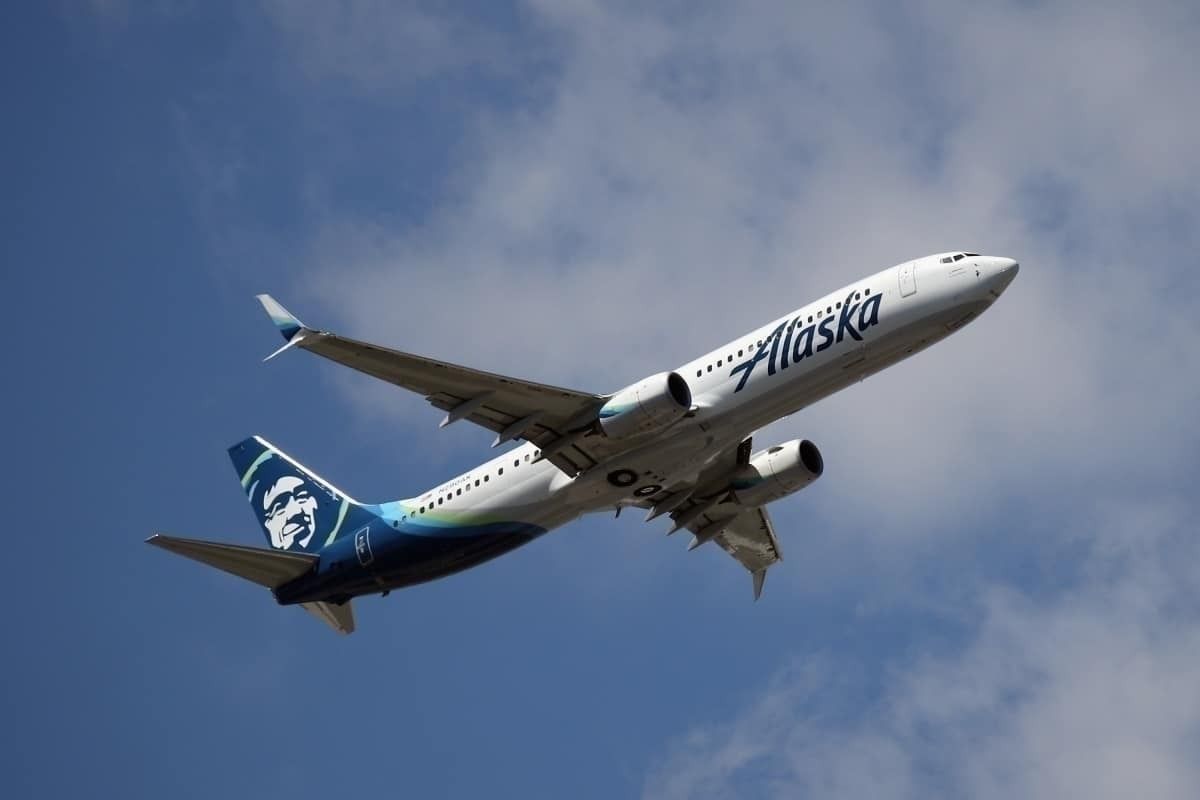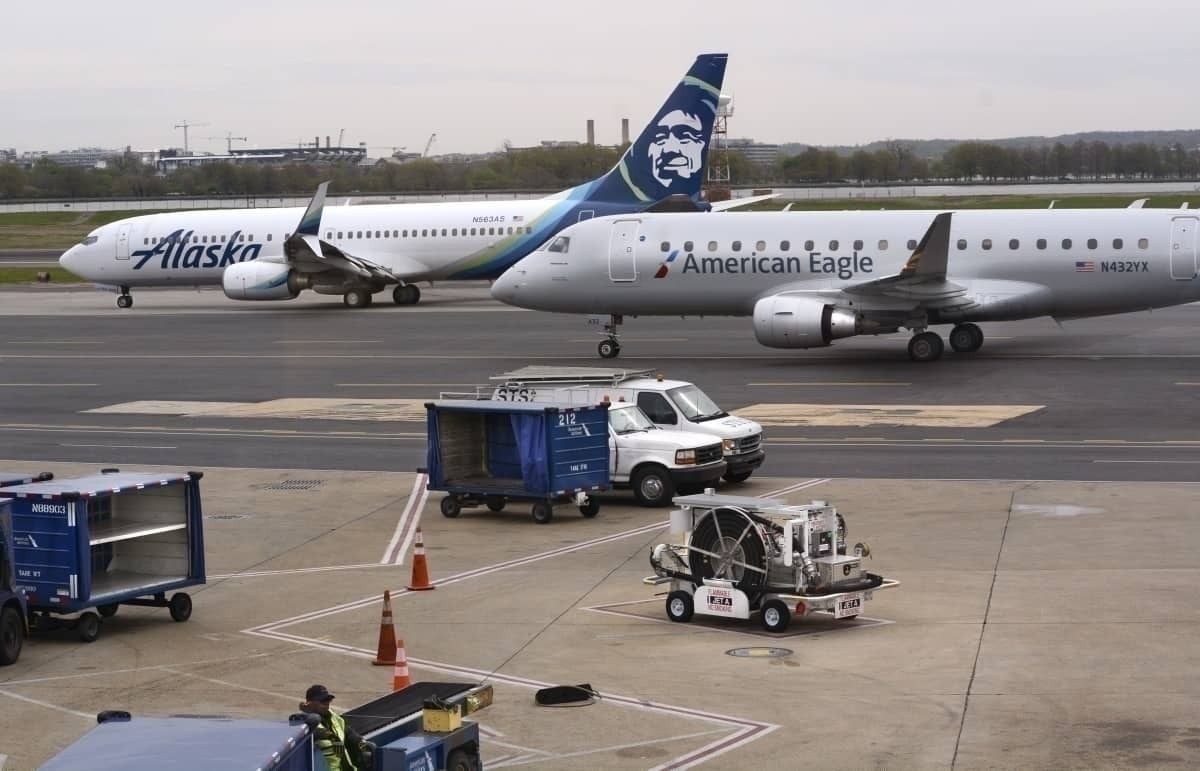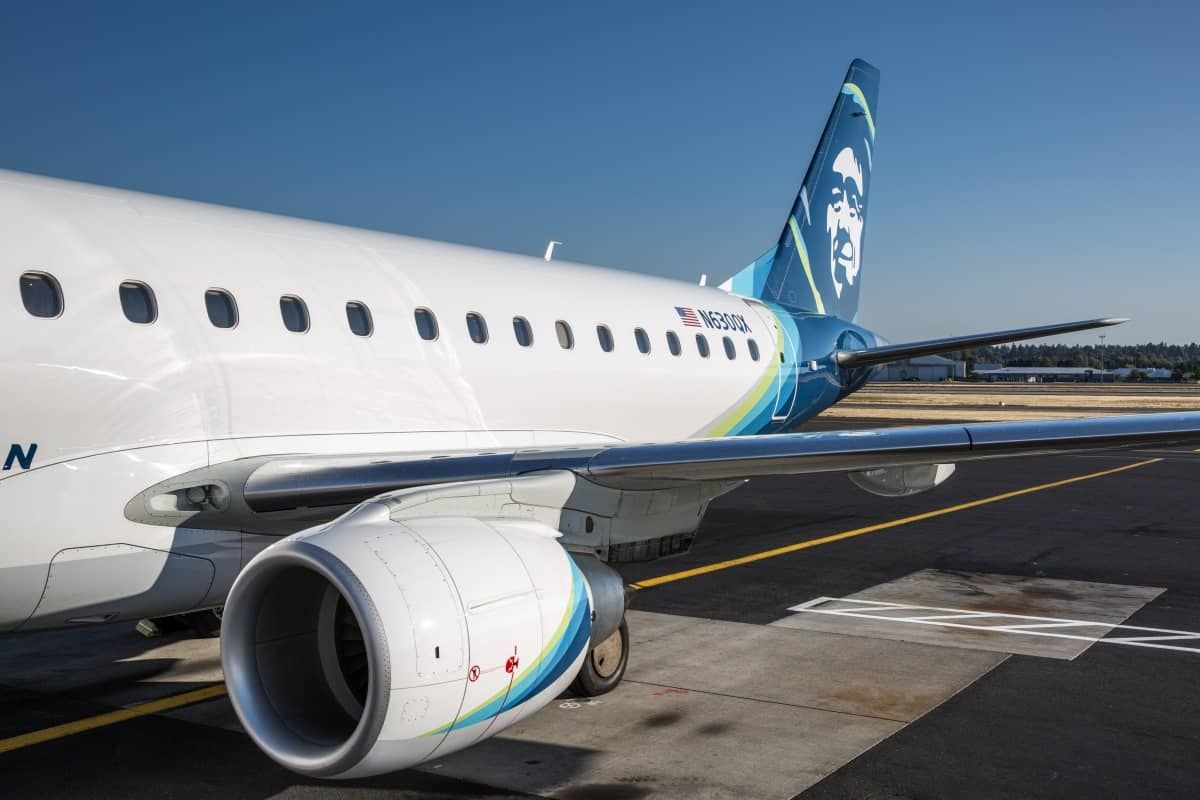In an investor update published June 22, the Alaska Air Group says that it is beginning to see a rebound in passenger numbers, as fears over the coronavirus start to subside. While this may offer a glimmer of hope, the fallout from the COVID-19 pandemic has had an unprecedented effect on Alaska Airlines.
A drop in demand for tickets began abruptly in March and continued through April before a slight uptick in May, with fewer cancelations and more bookings seen.
While this is slightly better news for the Seattle-based airline, the second-quarter results remain well below historical levels. A decrease in passenger numbers will profoundly impact the third quarter as people adjust their vacation plans.
Stay informed: Sign up for our daily aviation news digest.
Alaska Airlines is closely monitoring the recovery
Alaska Airlines says that the future is still uncertain with regards to what the shape of the recovery will look like. The airline is actively monitoring trends to tailor supply to demand. If the current trend in passenger numbers continues to move up and expectations for June are met, capacity may only be cut to 50% of prior-year levels.
In March, Alaska Airlines carried 1,846,000 passengers, which was a decrease of 53% on the previous year. In April, Alaska Airlines saw its passenger numbers dip to 174,000. This was a significant reduction of 95% from the same month in 2019.
Passenger numbers increased in May to 424,000, but it was still down by 90% on the same month the previous year. For June, Alaska Airlines is predicting passenger numbers between 650,000 and 850,000, which, if achieved, will be a decline of between 80% and 85% of passengers carried during June 2019.
Along with Alaska Airlines' optimism came a disclaimer that said,
"No assurance can be given that such expectations will be achieved."
Alaska Airlines has delayed its Boeing 737 MAX deliveries until 2021
As a result of the massive loss in passenger numbers in March and April, the Alaska Air Group parked 156 planes from its mainline fleet. This included 12 Airbus aircraft that had already been permanently removed.
With regards to new aircraft deliveries, the three Boeing 737 MAX that were to have been delivered last year but were delayed due to the grounding, have now been shifted to 2021.
To survive through the coronavirus crisis, Alaska Airlines implemented a company-wide hiring freeze and cut senior management salaries. The oneworld alliance member also applied a program of voluntary short-term leave, of which 6,000 employees have taken advantage.
These measures have now reduced Alaska Airlines' cash burn rate from $400 million at the end of March to $206 million in April and $165 million in May.
As of June 19, the Alaska Air Group has cash and short term investments to the tune of $2.7 billion, excluding any investment held at McGee and ASA Assurance, Inc.
Is now a good time to start flying again?
While Alaska Airlines is promoting a robust slow approach to recovery, many people are saying that the current pandemic is not over. Predictions are that it could return with a devasting second wave. While speaking earlier this month, the Guardian quotes America's top infectious disease expert Dr. Anthony Fauci as saying the pandemic is far from over.
"In a period of four months, it has devastated the whole world," Fauci said, speaking to executives at a conference of the Biotechnology Innovation Organization. "And it isn't over yet."
While Alaska Airlines has shown a slight increase in passenger numbers, do you think that now is the time to start flying again? Please let us know your thoughts in the comments.



